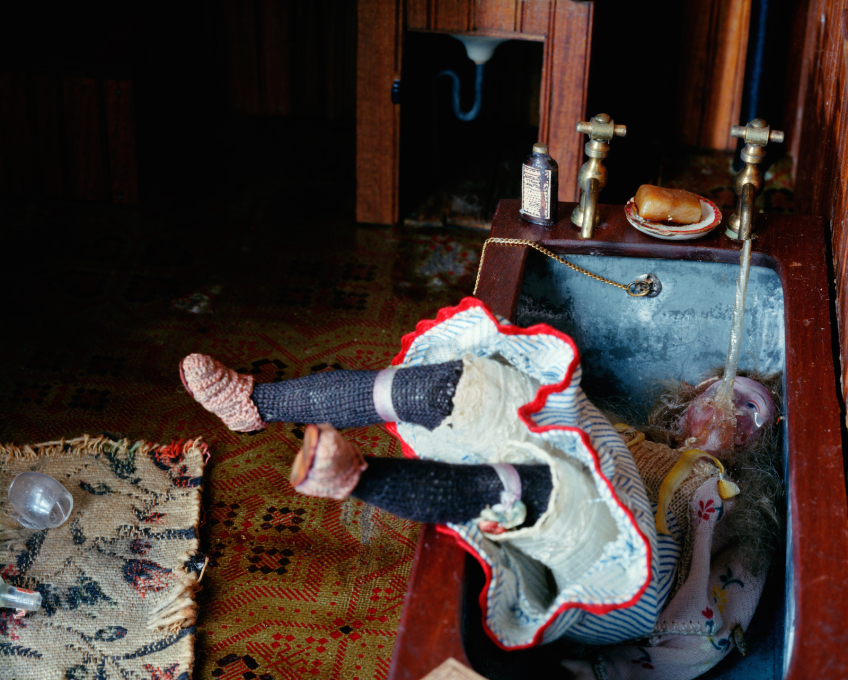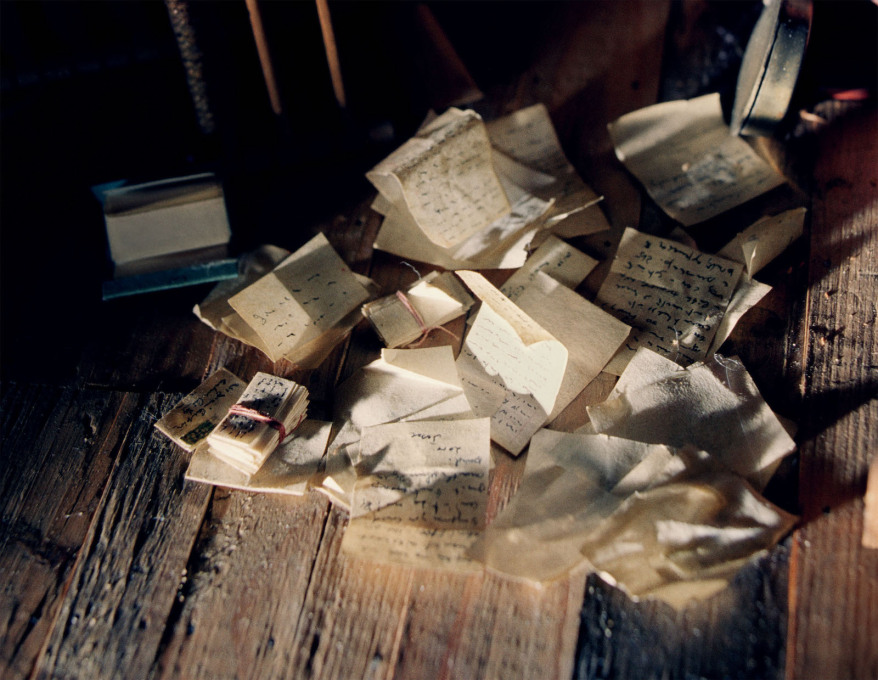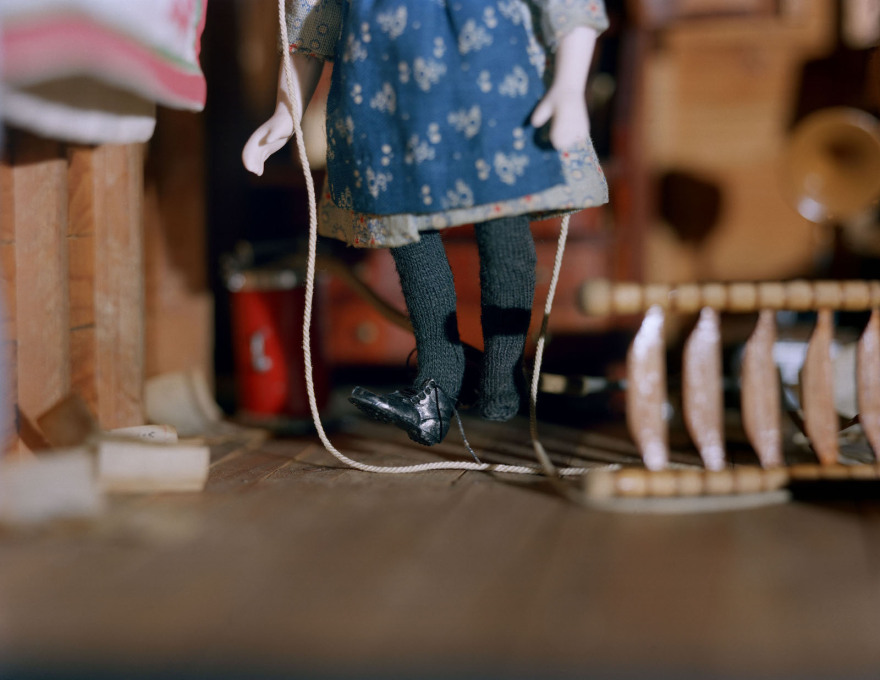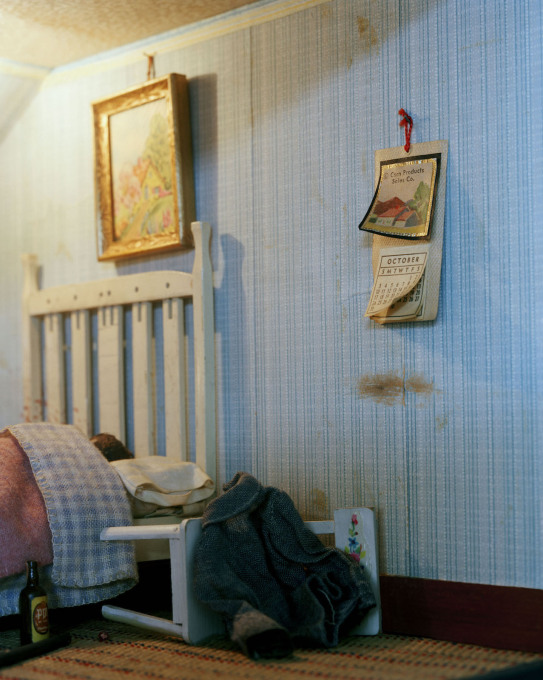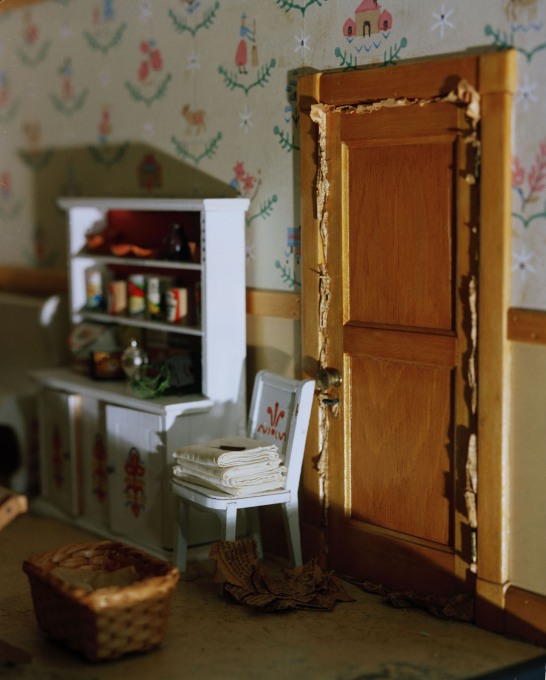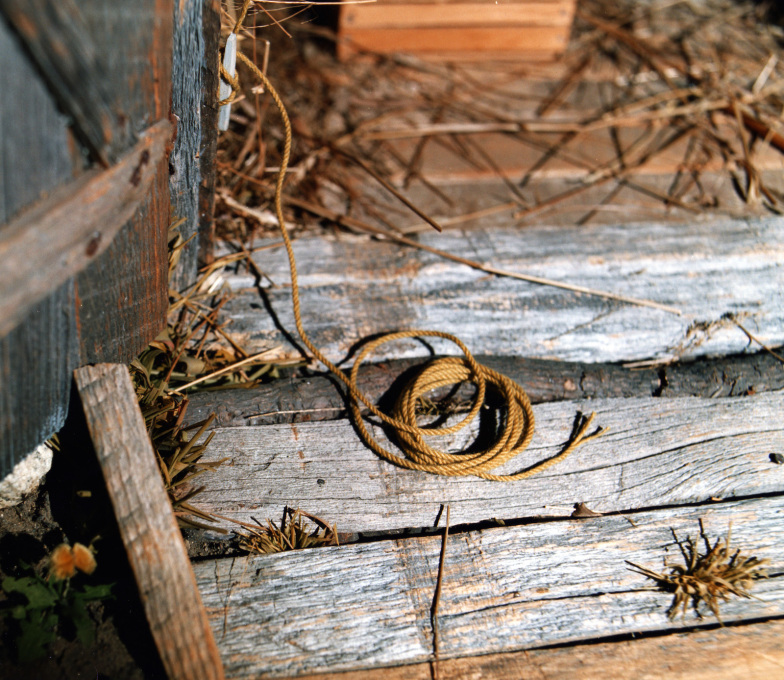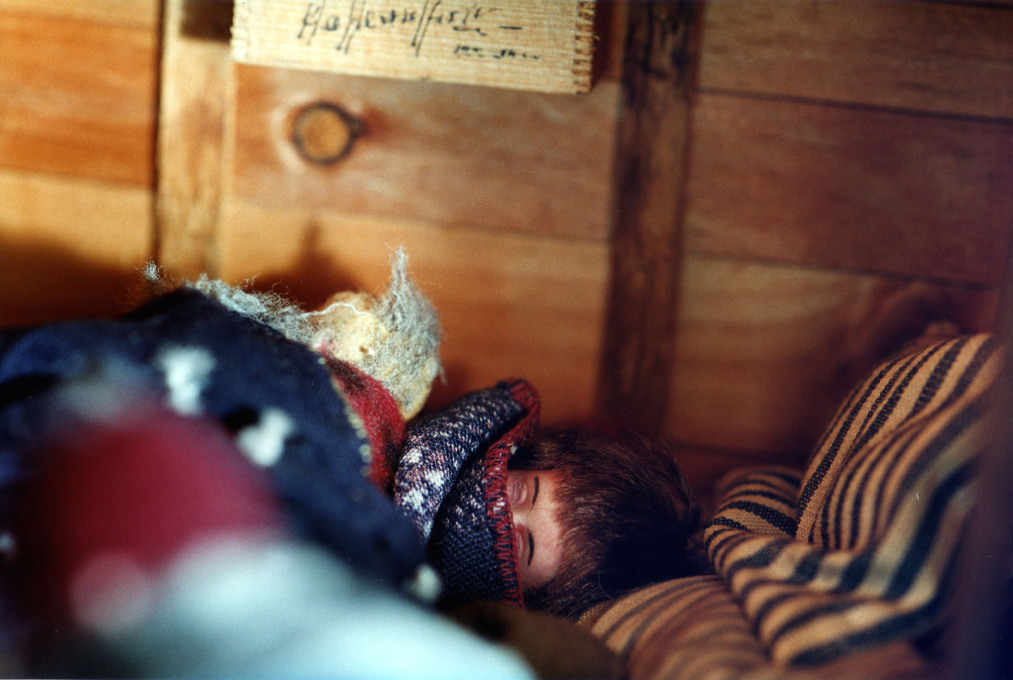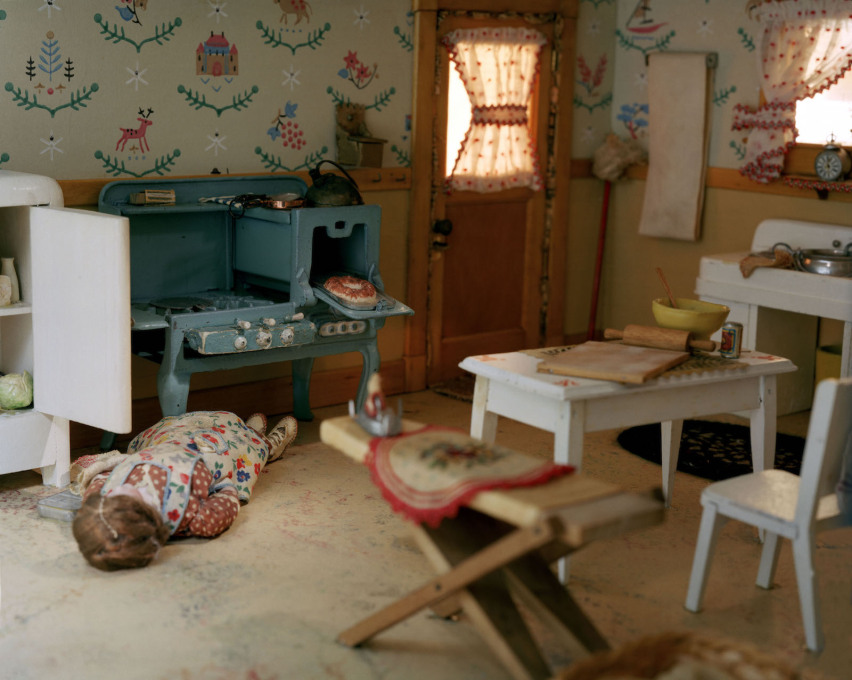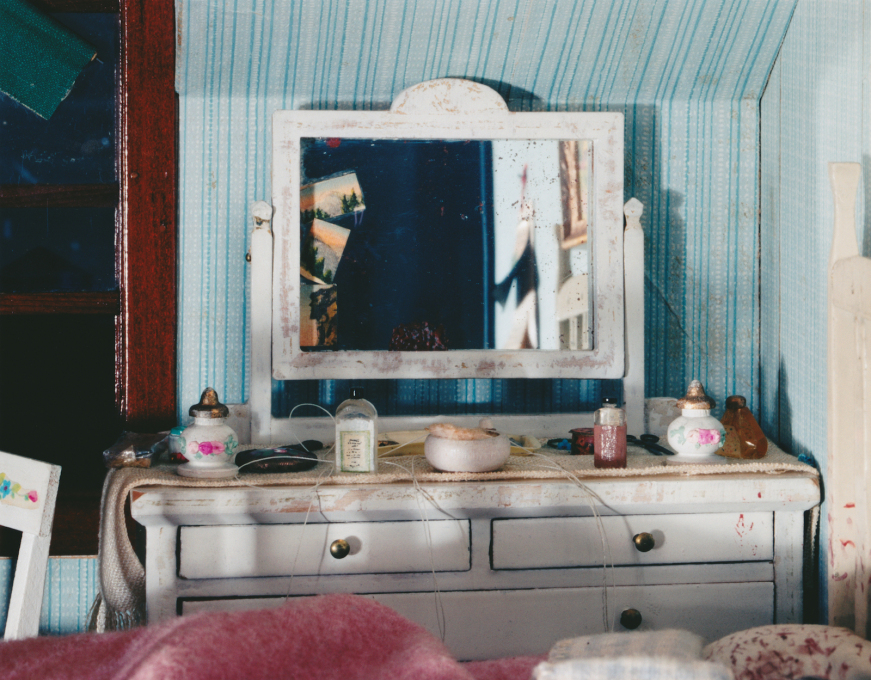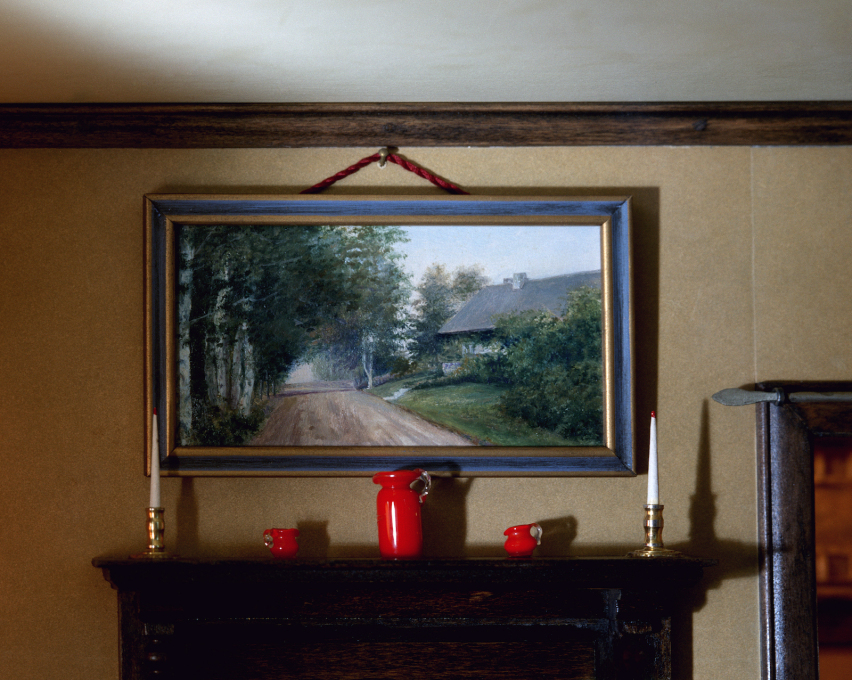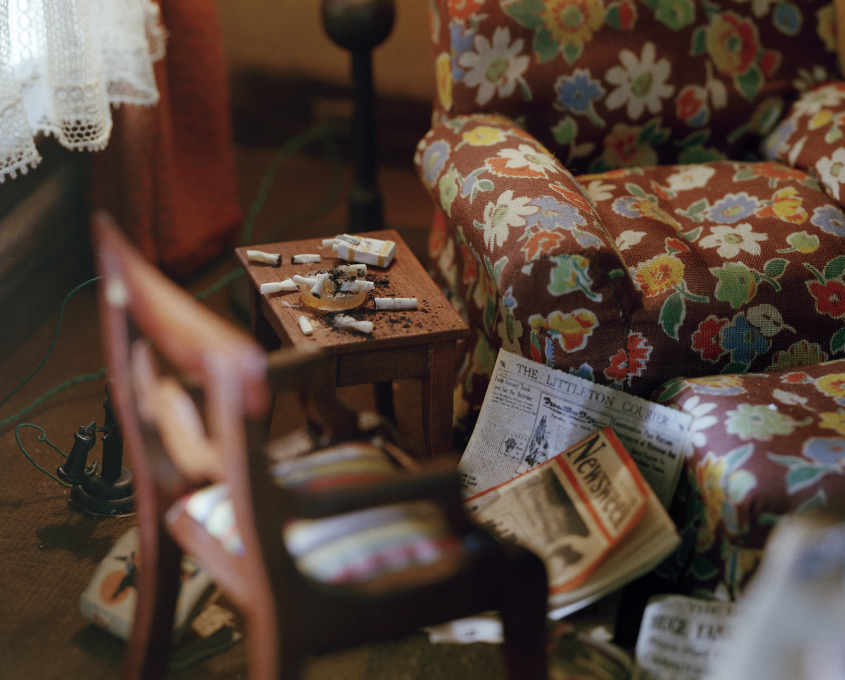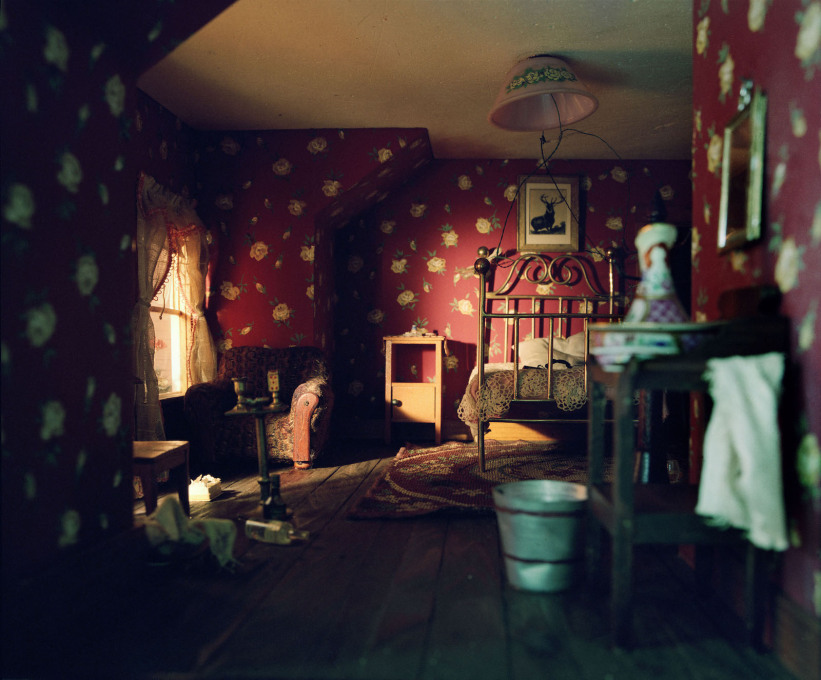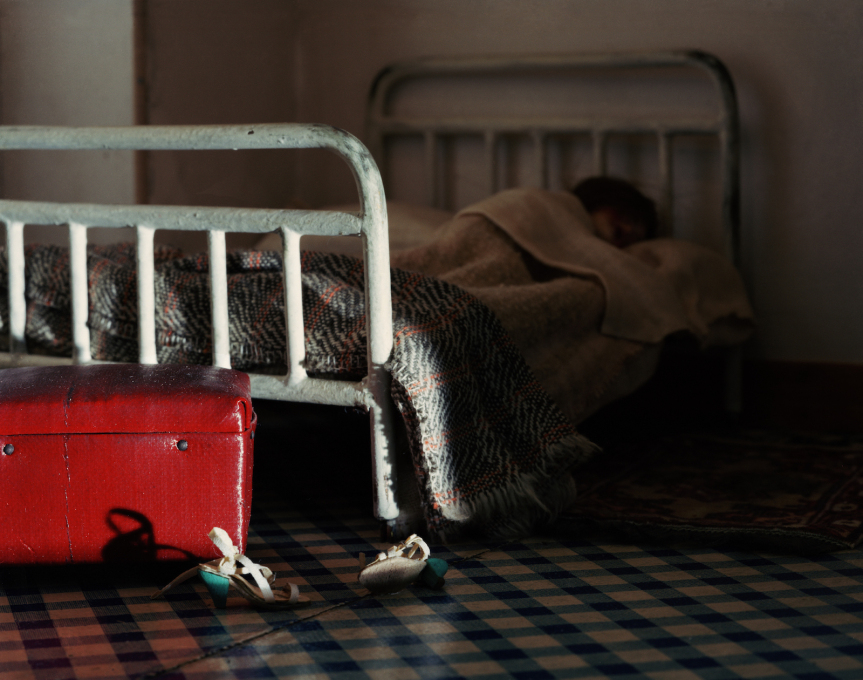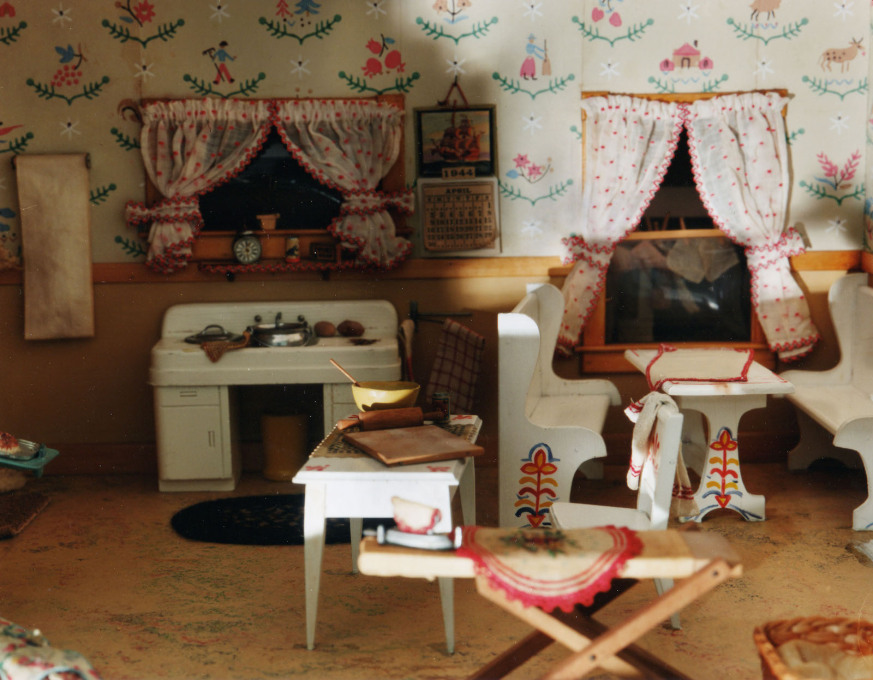Fear not, dear readers, these grisly scenes of murder in miniature are not the work of some crazed doll-house serial killer; rather, a crucial training tool for the Baltimore Police Department. Originally assembled in the 1940s and 50s, these “Nutshell Studies of Unexplained Death” continue to be used by the Department to train police detectives in scrutinising evidence thanks to the imagination and accuracy of their creator, Frances Glessner Lee. Coinciding with uncube's foray into all things Death-related, Lee's biographer Corinne May Botz shares an extended selection of photos of the Nutshell Studies and delves into the history of the so-called Mother of Forensic Science.
“The Nutshell Studies of Unexplained Death” are a collection of eighteen crime scene models built in the 1940s and 50s by the pioneering criminologist Frances Glessner Lee (1878 – 1962). These models, based on actual homicides, suicides, and accidental deaths, were created to train detectives to scrutinise visual evidence. Each model incorporated elements, or “problems,” from various crime scenes so each is a composite. The Nutshell Studies were not whodunnit exercises nor were they presented as crimes to be solved – rather, they were designed for training detectives to observe and evaluate indirect evidence, in particular that which might have medical importance. Lee said she named the models “The Nutshell Studies of Unexplained Death,” after a police saying: “Convict the guilty, clear the innocent, and find the truth in a nutshell”. The models are housed at the Medical Examiner’s Office in Baltimore where they continue to be used for training purposes.
Frances Glessner Lee grew up in Chicago on Prairie Avenue, the city’s most exclusive address at the turn of the last century. Her childhood home was designed by Henry Hobson Richardson and is now a historic house museum. Growing up Lee was relentlessly coached about the importance of domesticity, and home-schooled until the age of seventeen. Although she wanted to study medicine, she was denied a college education because of her father’s rigid ideas about female domesticity. It was not until late in her life, after marriage, divorce and raising three children, that Lee was free to pursue her long-held interest in legal medicine. She founded the Department of Legal Medicine at Harvard in 1936 when she was 58 years old and went on to be appointed captain in the New Hampshire State Police. Lee saw this as her first opportunity to “do something in my lifetime that should be of significant value to the community.”
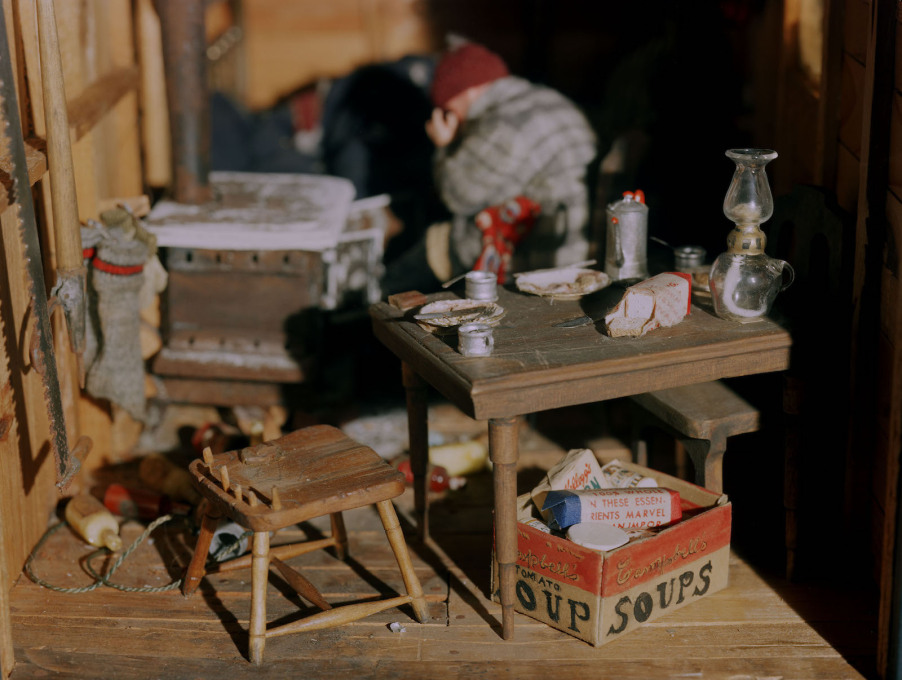
Lee advanced in a male-dominated field by co-opting the feminine tradition of miniatures. She had already acquired a skill for creating models as a young woman when she made miniature versions of the Chicago Symphony Orchestra and the Flonzaley Quartet. With the assistance of a carpenter, Lee constructed approximately three Nutshell Studies a year. Her carpenter equated the length of time spent building a single model as equivalent to that required to build a house. Lee believed the models had to be created with the utmost precision in order to be taken seriously. They display an astounding level of care and detail: blinds can be raised and lowered, mice live in the walls, stereoscopes work, whistles blow and pencils write. Lee was also highly precise in reproducing the grisly details of the crimes she depicted: the accurate angle of blood splatter or the correct flesh-tone colour to reflect the extent of bodily decomposition. Working from photographs, measurements and police reports, she often changed the locations of the crimes as well as the name and date, and elaborated the facts in order to create more intricate cases.
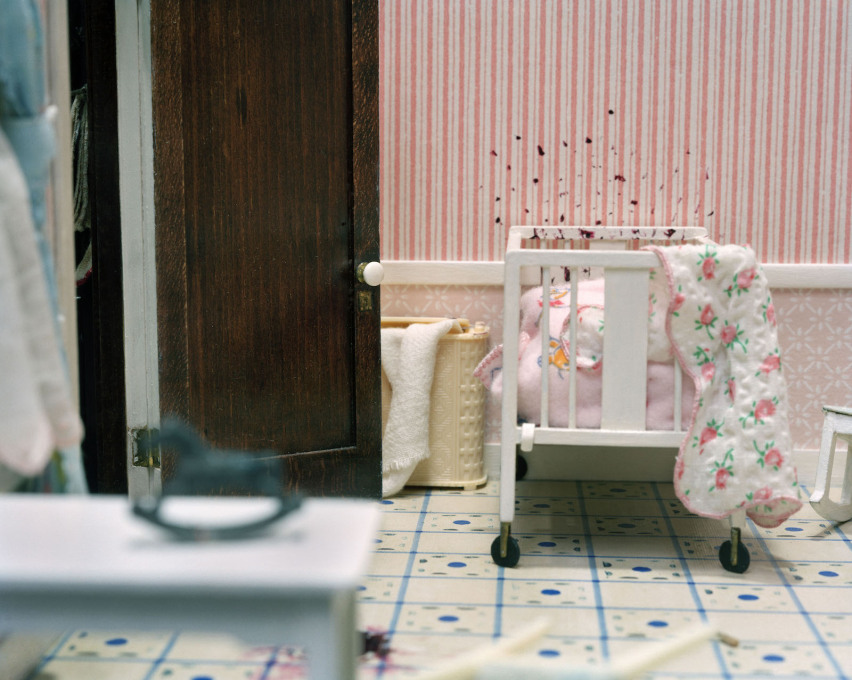
Although the Nutshells were used for scientific training, Lee took some artistic license while making them, resulting in a fascinating interplay between fact and fiction in the models. In some she included personal details: one miniature painting shows the cottage she lived in and a fictional newspaper is named after her hometown. Lee was an avid reader of Sherlock Holmes and like Arthur Conan Doyle’s fictional mysteries, her miniature crime scene interiors are bursting with “readable” clues pertaining to the life and death of the inhabitant. It is also notable that the models depict a gendered notion of space and the majority of victims are women who have suffered violent deaths in the home. The models are a reminder that domestic space can be terrifying as well as safe.
Corinne May Botz is a Brooklyn-based artist. She is the author of The Nutshell Studies of Unexplained Death (Monacelli Press, 2004) and Haunted Houses (Monacelli Press, 2010). Her photographs have been internationally exhibited and she is represented by Benrubi Gallery in NYC.
This article was commissioned for uncube magazine issue No. 38: Death.




